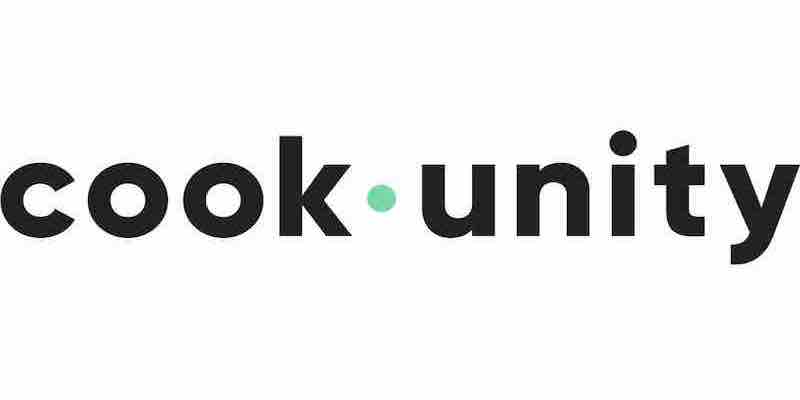The Rise of Ghost Kitchens and Virtual Restaurants

The restaurant industry is undergoing a significant transformation, driven by the rise of delivery and takeout. In this new landscape, ghost kitchens and virtual restaurants are emerging as a powerful new force.
What are ghost kitchens and virtual restaurants?
Ghost kitchens (also sometimes called “dark kitchens” or “cloud kitchens”) are commercial kitchens that only exist to prepare food for delivery or pickup. They have no dine-in space, and customers can only order their food through third-party apps like Grubhub, DoorDash, or Uber Eats.
Virtual restaurants are ghost kitchens that operate under a brand not associated with any physical restaurant. For example, a virtual restaurant called “Pizza to the Max” might run out of the same kitchen as a brick-and-mortar restaurant called “The Hungry Italian.”
Why are ghost kitchens and virtual restaurants becoming popular?
There are several reasons why ghost kitchens and virtual restaurants are becoming popular. First, they offer many advantages over traditional restaurants. For example, they have lower overhead costs since they don’t need to maintain a dining room. They also have more flexibility since they can adapt their menus to meet the market’s changing demands.
Second, ghost kitchens and virtual restaurants are well-suited for the delivery-only market. They can be located in areas with high demand for delivery, and they can focus on delivering food that travels well.
The future of ghost kitchens and virtual restaurants
The end of ghost kitchens and virtual restaurants is bright. As the delivery-only market grows, these businesses are well-positioned to succeed. In addition, the rise of new technologies, such as self-driving cars and drone delivery, could further boost the growth of ghost kitchens and virtual restaurants.
The Benefits of Ghost Kitchens and Virtual Restaurants
There are many benefits to operating a ghost kitchen or virtual restaurant.
- Lower overhead costs: Ghost kitchens and virtual restaurants have lower overhead costs than traditional restaurants since they don’t need to maintain a dining room. This can lead to significant rent, utilities, and labor cost savings.
- More flexibility: Ghost kitchens and virtual restaurants are more flexible than traditional restaurants since they can adapt their menus to meet the market’s changing demands. They can also be located in areas with high orders for delivery, giving them a competitive advantage.
- Better for the environment: Ghost kitchens and virtual restaurants are better than traditional restaurants since they produce less food waste. This is because they only prepare food that has been ordered, and they don’t have to worry about keeping a dining room full of customers.
The Challenges of Ghost Kitchens and Virtual Restaurants
While there are many benefits to operating a ghost kitchen or virtual restaurant, there are also some challenges.
- Competition: The competition in the ghost kitchen and virtual restaurant space is fierce. A growing number of businesses are entering this market, and standing out from the crowd can be challenging.
- Regulations: The regulations governing ghost kitchens and virtual restaurants vary from country to country and city to city. It’s essential to ensure you comply with all applicable rules before starting a business in this space.
- Marketing: Marketing a ghost kitchen or virtual restaurant can be challenging. Finding ways to reach potential customers unfamiliar with your brand would be best.
How to Start a Ghost Kitchen or Virtual Restaurant
If you’re thinking about starting a ghost kitchen or virtual restaurant, here are a few things you need to do:
- Please do your research: Before starting anything, studying and understanding the market is essential. What are the trends in the delivery-only space? What are the regulations in your area?
- Find a location: You must find a location well-suited for a ghost kitchen or virtual restaurant. This means finding a space large enough to accommodate your kitchen needs but also affordable.
- Develop a menu: You must develop a menu appealing to your target market. This means offering food that is both delicious and convenient.
- Market your business: Once you have your menu, you must start marketing your business. This means using social media, online advertising, and word-of-mouth to reach potential customers.
Ghost kitchens and virtual restaurants are a new and exciting trend in the restaurant industry. These businesses offer many advantages over.
The article is “The Difference Between Ghost Kitchens and Virtual Restaurants.“